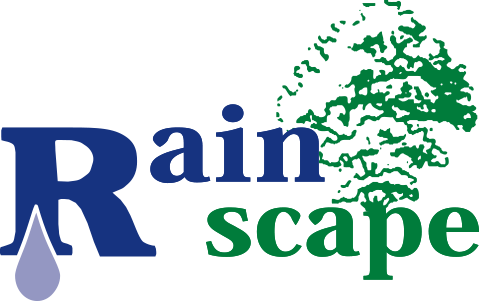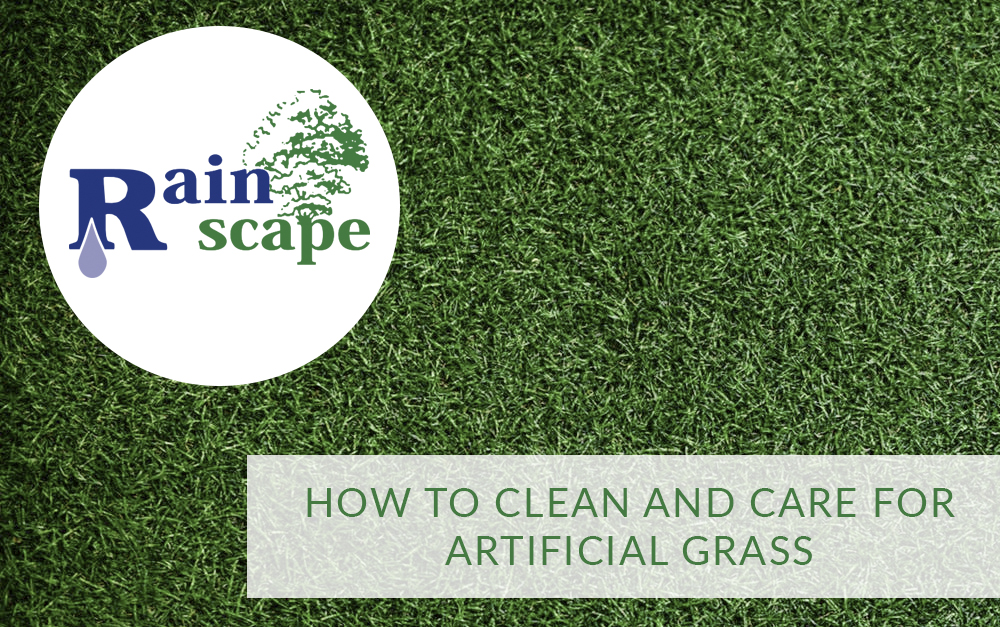One of the best things about artificial grass is that it doesn’t need the care and maintenance natural grass requires. But to keep it looking its best, there is one thing it needs – regular cleaning.
Luckily homeowners with artificial grass here in California’s San Joaquin Valley don’t have to deal with the issues snow and ice can cause. But we’ve still got dirt, dust, falling leaves and even pets to deal with. Don’t worry though, all it takes is some light cleaning and quick action and you’ll be able to keep your synthetic lawn looking great for a long time.
How often do I need to clean my artificial grass?
For most homeowners, all that is needed is a light rinse once per week to keep synthetic grass looking good. Spraying down the turf with a hose will remove dust, leaves, and small debris that naturally accumulates.
Depending on how much use the lawn gets, you might notice patches that look matted with the blades bent or squashed. Using a flexible lawn rake or broom with stiff bristles once a month, or as needed, is the best solution for this problem. Just be sure to use a tool made specifically for artificial grass, or one recommended by Rainscape’s professional installers, to avoid breaking or damaging it.
Removing pet urine and odor from artificial grass
Acting quickly when pets use your synthetic turf to relieve themselves is the best way to keep stains and odor from occurring on your lawn. To prevent stains, bacteria growth, and lingering odors, it’s important to promptly hose down areas with water after pets use it.
Many people keep a bottle of turf deodorizer handy for these situations as well. While you can buy artificial grass cleaners at home and garden stores or online, many opt to use a natural solution of a 1:1 mixture of water and vinegar.
Repairing damaged artificial grass
One of the best things about modern synthetic grass is that it’s long-lasting and very hard to damage. Normal wear and tear, however, is bound to happen. If you have pulled or separated seams, melted or burned spots, or soggy moldy turf, read this article to learn how to address each issue: “How to Repair Damaged Artificial Grass.”
Performing these simple tasks on a regular basis will help ensure your lawn remains clean, odor free, and inviting for family, friends and pets for years to come. And if there’s anything you’re not sure how to deal with, call Rainscape’s artificial grass experts in Visalia, Tulare County and Kings County for inspections, cleaning, grooming or repair at (559) 651-2333.

